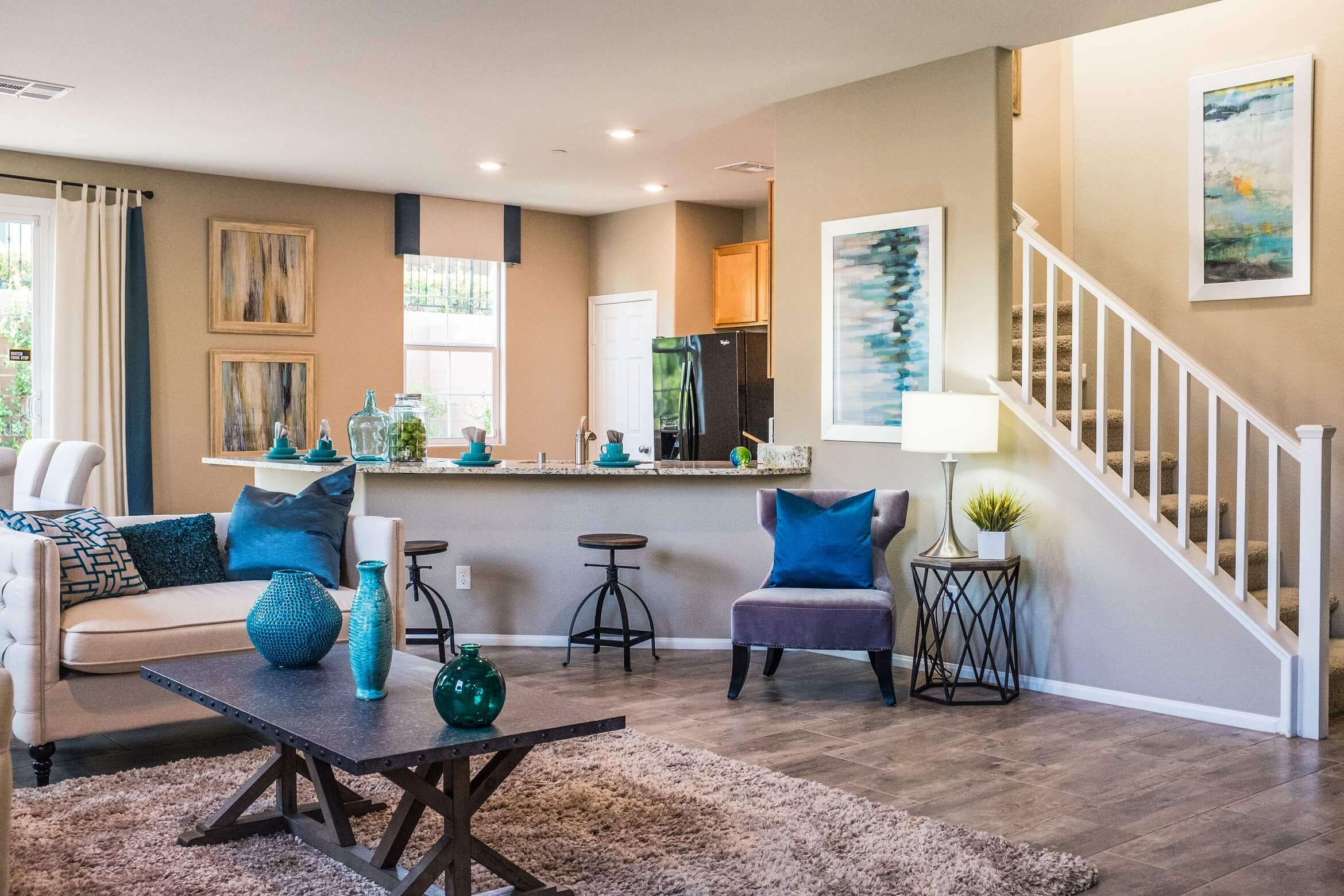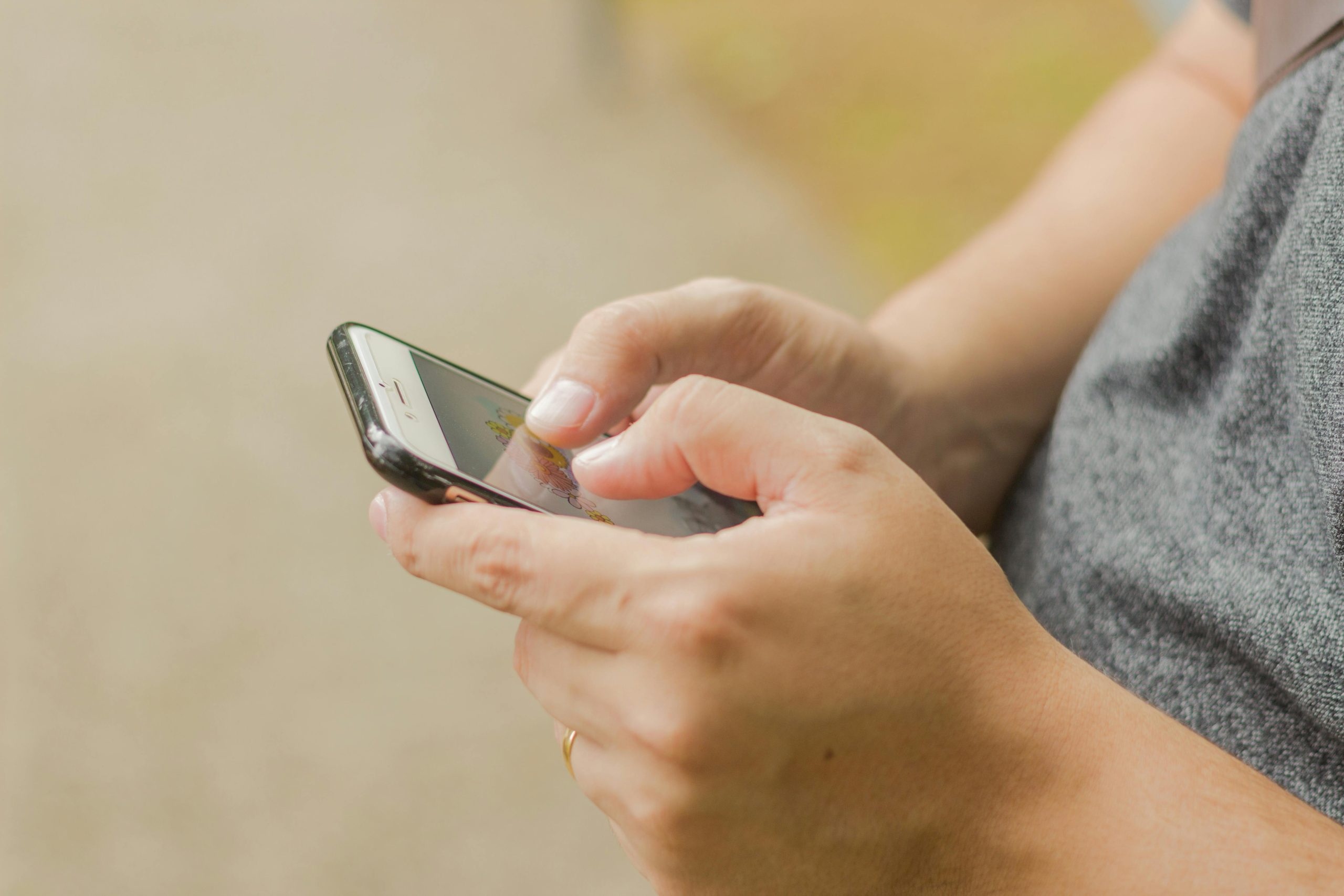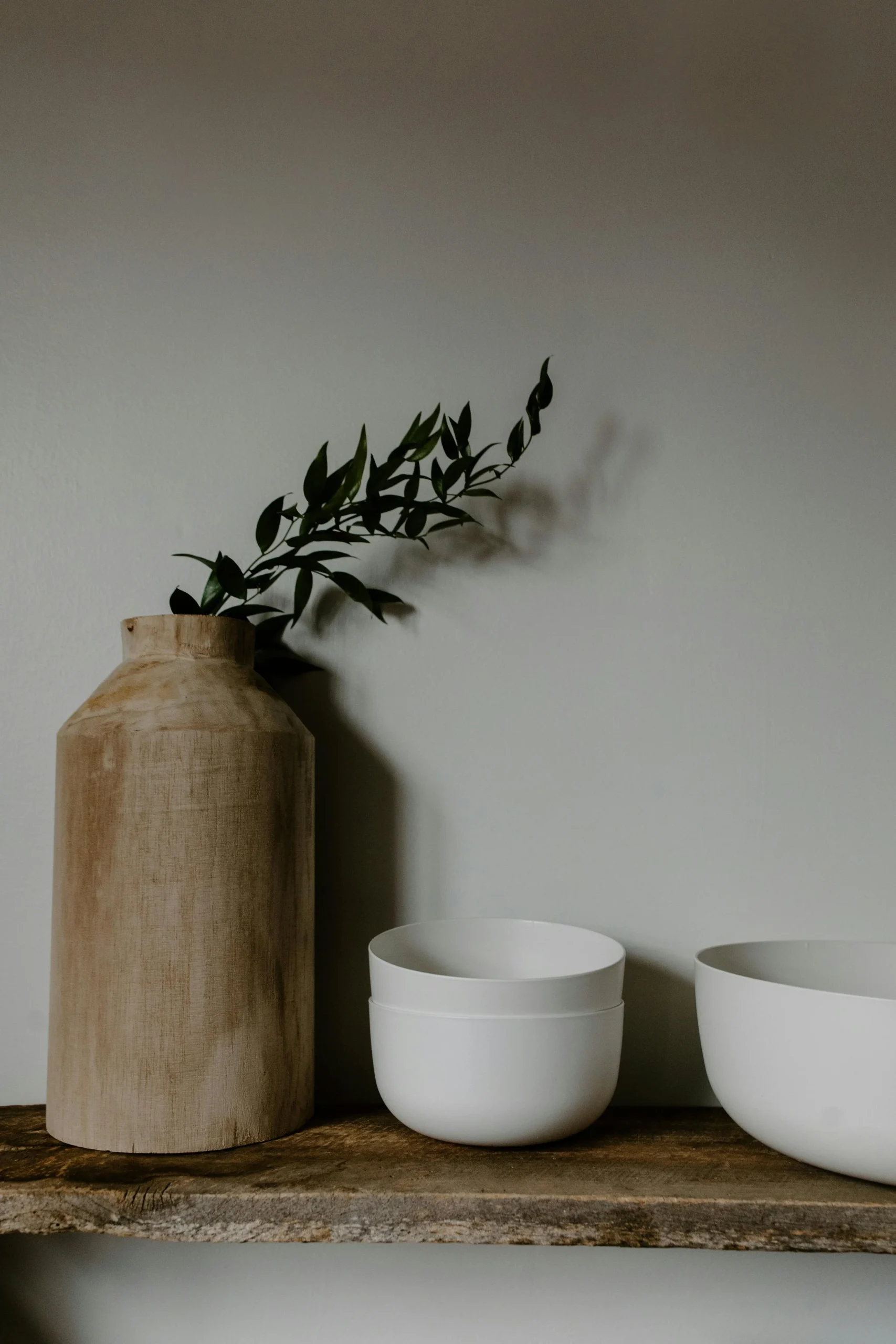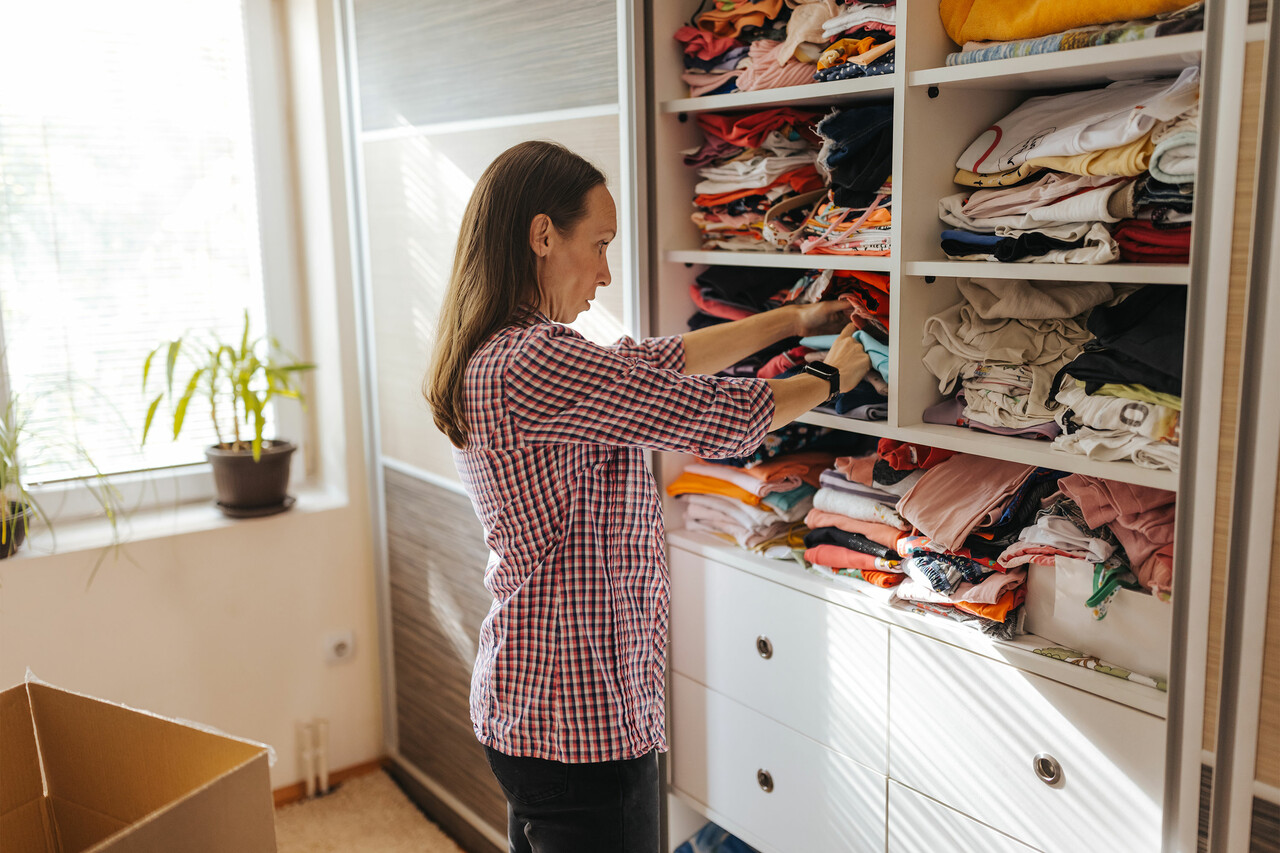10 Decluttering Tips for Beginners: How to Start Your Minimalist Journey

Discovering Minimalism
Taking the plunge into decluttering may initially seem overwhelming, but it is often the first step toward fostering a more organized and tranquil living space. The shift toward a minimalist lifestyle can dramatically uplift your overall quality of life, leading to not just a tidier home but also a clearer mind.
Why Declutter?
Numerous individuals find themselves encumbered by a surplus of belongings, which can ignite feelings of stress and chaos in their daily lives. Embracing decluttering presents several profound benefits:
- Improved focus and productivity: A clean and organized environment promotes mental clarity, helping you concentrate better on tasks at hand. For instance, studies have shown that individuals working in decluttered spaces can be more efficient, as they spend less time searching for items and navigating distractions.
- Reduced stress and anxiety: Clutter can act as a visual reminder of uncompleted tasks, which can heighten feelings of anxiety. Creating a minimal space often leads to improved emotional well-being by removing these triggers.
- More space for the things that truly matter: When you declutter, you begin to realize what you genuinely value and need in your life. This newfound space allows you to invest time, energy, and resources into experiences and items that resonate with your core identity.
Getting Started
If you feel equipped to embark on your decluttering journey, remember that even small adjustments can culminate in significant transformations. Here are a few fundamental tips to set you on the path to minimalism:
- Set a timer for quick decluttering sessions: Allocating just 10-15 minutes a day can lead to remarkable progress without feeling overwhelming. This approach helps maintain motivation and reinforces the habit of decluttering.
- Identify the areas that need the most attention: Focus on high-traffic spaces in your home, such as entryways or kitchens, as these are often the most prone to clutter accumulation.
- Establish categories for sorting your items: Create distinct groups for items that you use frequently, items that can be donated or sold, and those that should be discarded. This clarity can make the sorting process more straightforward.
As our journey continues, we will delve deeper into 10 decluttering tips specially curated for beginners. Each piece of advice is a stepping stone towards a simplified lifestyle, encouraging you to gradually reduce clutter in your environment while enabling you to concentrate on what genuinely matters to you.
During this exploration of decluttering strategies, it’s crucial to remember that minimalism is a personal journey. The objective isn’t perfection; rather, it’s about crafting a space that resonates with your unique values and lifestyle. As you peel away the layers of excess, you may discover a renewed appreciation for your belongings and a clearer perspective on your aspirations.
DISCOVER MORE: Click here to enhance your productivity
Essential Decluttering Strategies
With a variety of decluttering methods and philosophies available, it can be challenging for beginners to identify the most effective approach. However, following a structured path can provide clarity and motivation as you embark on your minimalist journey. Below are some essential strategies that serve as stepping stones for anyone looking to simplify their living space:
- Start Small: Begin with a single drawer or a corner of a room. Tackling a small area makes the task less daunting and allows you to see immediate results. This initial success can motivate you to continue with larger spaces.
- Use the “One In, One Out” Rule: For every new item you bring into your home, designate one item to leave. This principle helps curb excessive accumulation and fosters mindfulness regarding your purchases.
- Make a Checklist: Creating a decluttering checklist can help guide you through the process. Outline specific tasks, such as “clear out the closet” or “organize the garage,” and check them off as you complete them. This method creates a sense of accomplishment and keeps you on track.
- Embrace the 30-Day Minimalism Game: This challenge invites you to rid yourself of one item on the first day, two on the second, and so on, ultimately reaching 30 items by the end of the month. Not only does this provide a structured approach to decluttering, but it also encourages you to reflect deeply on your possessions.
- Ask Yourself the Right Questions: When deciding whether to keep or discard an item, consider questions such as: “Is this functional?” “Does it bring me joy?” and “When was the last time I used this?” This process encourages self-reflection, helping you to determine what truly enhances your life.
These strategies are designed to ease you into the decluttering process, making it feel more manageable and attainable. Remember, the goal is not to achieve a perfect, minimalist home overnight, but rather to create a welcoming environment that reflects your personal values and priorities.
Building a Decluttering Mindset
As you embark on your decluttering journey, cultivating the right mindset is essential. Embrace the idea that your belongings should enhance your life, not hinder it. This mindset will guide you when making tough decisions about what to keep and what to let go. Additionally, consider the emotions tied to certain items; recognizing that they may have sentimental value doesn’t mean they must occupy valuable space in your home.
Lastly, foster a spirit of gratitude towards your belongings. Appreciate what you choose to keep, and recognize the purpose they serve in your life. This perspective shift can transform your relationship with material possessions, turning decluttering from a chore into a rewarding experience.
Understanding Minimalism Beyond Clutter
Initiating your journey towards minimalism requires more than just throwing away items you no longer use; it’s about transforming your mindset. The minimalism movement extends deeply into the realms of mental clarity and intentional living. By focusing on what truly matters in life, you begin to make space, not just physically but also mentally. To further understand this lifestyle, consider implementing the following strategies:
1. Evaluate Your Belongings
Begin with a thorough evaluation of what you own. Ask yourself: Does this item serve a purpose or bring me joy? The 20/20 rule can be a helpful guide: if you can replace it for under $20 and obtain it within 20 minutes of your home, consider letting it go.
2. Set Clear Goals
Create specific goals for your decluttering process. Whether you wish to tackle a room each week or eliminate a certain number of items daily, having defined objectives keeps you motivated and organized.
3. Start Small
Don’t overwhelm yourself. Focus on one category at a time, such as clothing or kitchen gadgets. You’ll be surprised at how quickly you can make impactful decisions and feel a sense of achievement!
4. Use the One In, One Out Rule
To maintain your decluttered spaces, adopt the habit of the “one in, one out” rule. For every new item you bring into your home, let go of an existing one. This reduces the chance of accumulating more items and keeps your home minimalist.
5. Create a Donation Box
Set up a dedicated box in your home where you can place items you no longer want or need. By doing this, you create a habit of constantly assessing what you own and what can benefit others.
Minimalism is a journey that expands beyond simple organization; it encourages a lifestyle that values experiences over possessions. It’s about embracing simplicity, which in turn, can lead to greater happiness and freedom.
| Category | Key Features |
|---|---|
| Mental Clarity | Streamlines your focus on meaningful aspects of life. |
| Sustainable Living | Encourages responsible consumption and ethical choices. |
As you explore these aspects, remember that adopting a minimalist lifestyle is not about deprivation; it’s about making room for what truly enhances your life. These tips set a firm foundation for embracing minimalism and help you on your journey of decluttering.
DISCOVER MORE: Click here for minimalist wardrobe tips
Creating Sustainable Decluttering Habits
As you delve deeper into the world of minimalism, fostering sustainable decluttering habits will prove invaluable. Rather than viewing decluttering as a one-time activity, aim to integrate it into your daily life. This commitment will not only keep your space organized but will also reinforce a minimalist mindset that prioritizes intentional living.
- Schedule Regular Decluttering Sessions: Just as one schedules time for exercise or grocery shopping, incorporating consistent decluttering sessions into your routine can work wonders. Setting aside just 10 or 15 minutes each week to tackle a small area can prevent clutter from accumulating and create a habitual practice of mindfulness.
- Designate a “Maybe” Box: For items you’re unsure about, consider keeping a “maybe” box. Permit yourself to place items there for a month. If you haven’t retrieved them or thought about them during that time, it may be a sign that they can be let go without regret.
- Involve the Whole Family: If you live with others, involve them in the decluttering process. Family members may have different attachments to items, so collaborating can help everyone communicate their needs while streamlining shared spaces. Host decluttering days, complete with fun activities afterwards to create a supportive environment.
- Identify Personal Triggers: Understanding what drives you to hold onto items can assist in breaking the cycle of clutter. Track your feelings when acquiring new items and doesn’t shy away from addressing emotional attachments. Understanding the psychological aspects of why you keep certain things can guide more enlightened decisions about your possessions.
- Educate Yourself on Minimalism: Explore books, podcasts, and documentaries about minimalism and decluttering. Learn from those who have embraced this lifestyle and discover new perspectives on consumerism and ownership. This knowledge can reinforce your commitment and inspire fresh ideas for your own journey.
Building sustainable decluttering habits takes time and perseverance, but by being intentional and consistent, you’ll see the fruits of your labor manifest in your surroundings and your mindset.
Understanding the Impact of Consumerism
An often-overlooked aspect of the decluttering journey involves understanding the implications of consumerism. In a world where shopping is more accessible than ever—whether through online platforms or enticing sales—it’s crucial to assess how these factors influence your lifestyle. Begin by reflecting on the marketing tactics that entice you to buy things you may not need. A study from Harvard Business Review found that clutter can lead to stress and anxiety. This link between clutter and mental well-being serves as a powerful motivator to minimize your belongings.
You may also want to evaluate your spending habits and the role specific items play in your life. A trend in recent years has seen consumers gravitate towards experiences rather than material possessions, as research indicates that these experiences tend to bring greater satisfaction and lasting joy. By prioritizing experiences over things, you can potentially alleviate the desire to accumulate more items.
Ultimately, embarking on your minimalist journey is less about adhering to a strict set of guidelines and more about developing an intuitive understanding of what makes you feel alive and fulfilled. As you learn to see value in the simplicity and intentionality of life with fewer distractions, decluttering becomes a natural process that aligns with your evolving identity.
DISCOVER: Click here for insights
Embracing Your Minimalist Journey
As we reach the end of this exploration into decluttering tips for beginners, it’s important to recognize that embracing minimalism is not merely about reducing possessions but about enhancing your quality of life. By consciously adopting a decluttering mindset, you pave the way for a more intentional way of living that prioritizes experiences over material accumulation. Each small step in your journey contributes to a profound shift in how you engage with your surroundings and what you deem essential.
Furthermore, developing sustainable decluttering habits provides practical solutions to maintaining an organized space. Remember, this journey is iterative—there will be moments of challenge and triumph, and each contributes uniquely to your personal growth. As you create systems that work for you—like regular decluttering sessions or the strategic use of a “maybe” box—you’ll discover not just an organized home, but also an organized mind.
Additionally, understanding the impact of consumerism plays a crucial role in shaping your minimalist journey. By cultivating awareness of your buying habits and focusing on what truly enriches your life, you’ll empower yourself to make informed choices that resonate with your values. The shift towards valuing experiences, connections, and personal fulfillment ultimately leads to a greater sense of happiness.
In conclusion, your minimalist journey is a personal narrative that unfolds with each decision you make. Armed with these decluttering tips, you are now equipped to embark on your path. Dive in with an open heart and mind, and let the process guide you towards a more balanced and fulfilling way of life.


